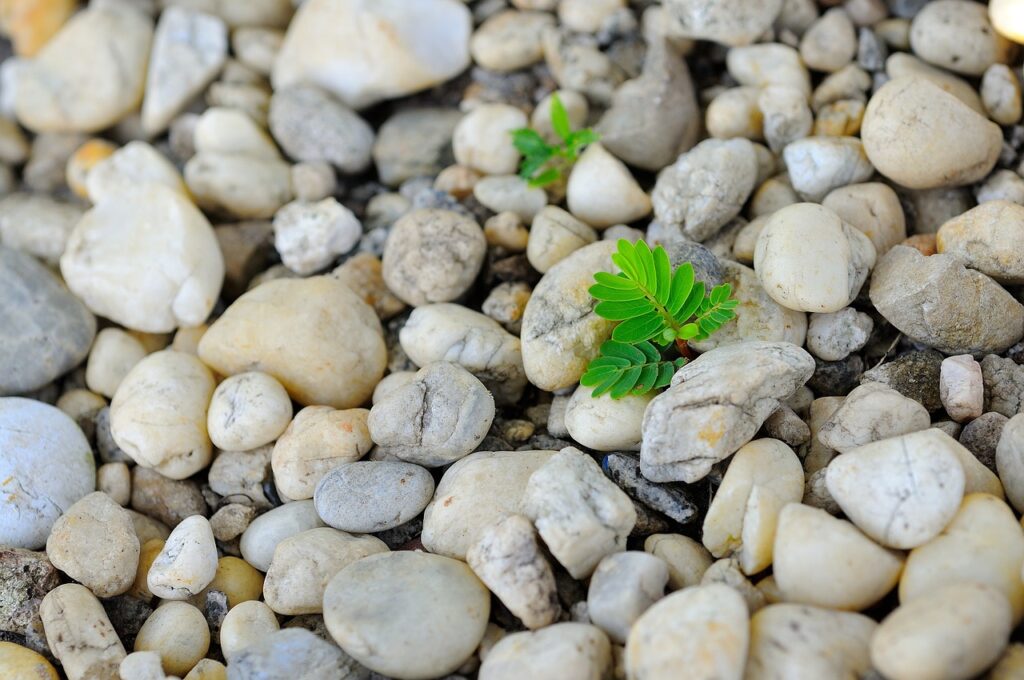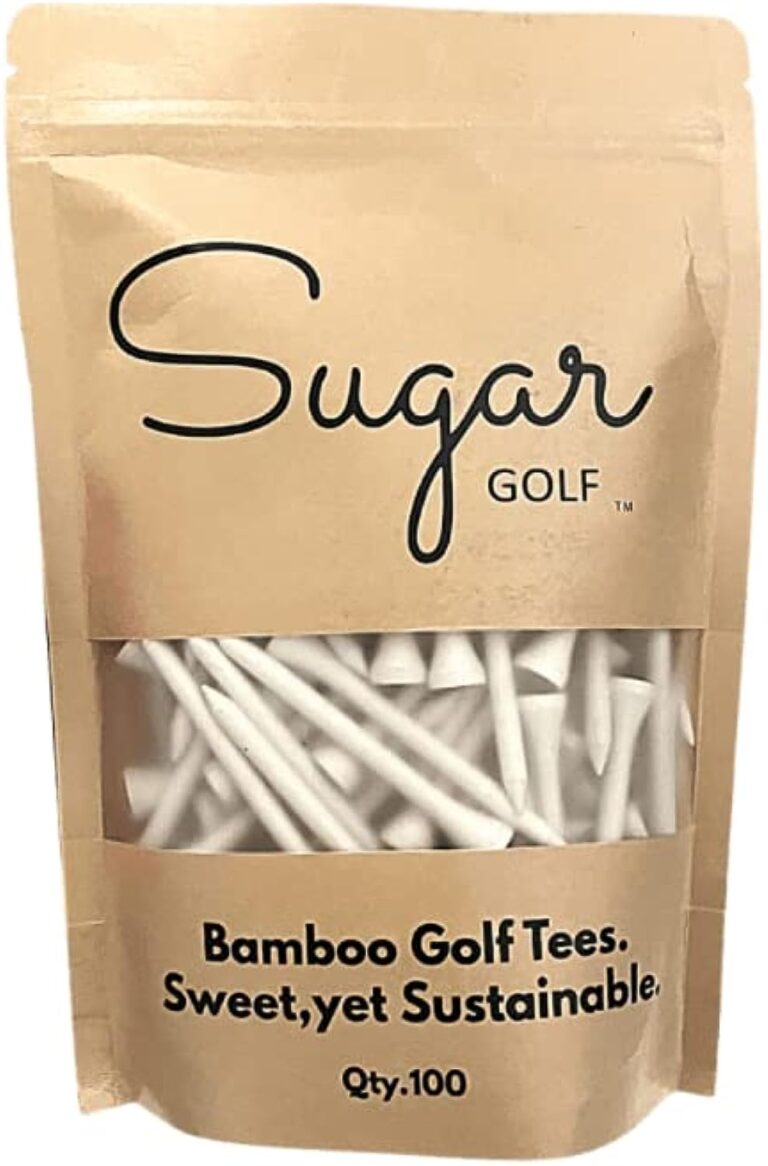Reduce Your Carbon Footprint Biodegradables
Learn how to reduce your carbon footprint with biodegradable household products. Discover the benefits, shopping guide, and practical tips. Make a positive impact on the environment.
In today’s world, where environmental sustainability is becoming increasingly important, finding ways to reduce our carbon footprint is essential.
One effective way to do this is by incorporating biodegradable household products into our daily lives. These products, ranging from
- cleaning supplies to
- personal care items, are designed to break down naturally, minimizing harmful effects on the environment.
By switching to biodegradable options, not only are we doing our part to protect the planet, but we also reap the benefits of a cleaner and healthier home. In this article, we will explore the various ways in which biodegradable household products can help reduce our carbon footprint, the advantages of making this switch, and provide a helpful guide on how to shop for sustainable and biodegradable products.
Embark on this journey towards eco-friendly living, and make a positive impact on the world we all share.
How Biodegradable Household Products Can Reduce Your Carbon Footprint
In today’s world, where climate change is a pressing issue, it is essential for each one of us to take steps towards reducing our carbon footprint. One way to achieve this is by switching to biodegradable household products. By making this simple change in our daily lives, we can make a significant positive impact on the environment. In this article, we will explore the definition of a carbon footprint, what biodegradable household products are, and how they can help in reducing our carbon footprint.
The Definition of a Carbon Footprint
Your carbon footprint refers to the total amount of greenhouse gas emissions that are directly or indirectly produced by your activities or the products you use. This includes emissions from burning fossil fuels, such as heating your home, driving a car, or using electricity. It is expressed in terms of carbon dioxide (CO2) equivalent, which is a standard unit used to measure the impact of different greenhouse gases.
What Are Biodegradable Household Products
Biodegradable household products are items that are made from materials that can easily break down and decompose naturally over time without causing harm to the environment. These products are designed to minimize the negative impact on the environment, especially when they are disposed of. Biodegradable household products can include a wide range of items such as cleaning products, personal care products, kitchenware, and even pet care products.
The Impact of Biodegradable Household Products on Carbon Footprint
Biodegradable household products have a significant positive impact on reducing your carbon footprint. Unlike conventional products, which are often made from non-renewable resources and can take decades or even centuries to decompose, biodegradable products are designed to break down naturally and quickly.
This means that when they are disposed of, they do not contribute to the accumulation of waste in landfills or release harmful pollutants into the environment. By switching to biodegradable household products, you can help reduce greenhouse gas emissions, conserve natural resources, and promote a healthier and more sustainable planet.
The Benefits of Switching to Biodegradable Household Products
Switching to biodegradable household products offers a multitude of benefits, not just for the environment but also for your overall well-being. Let’s take a closer look at some of these benefits:
Reduced Pollution
By using biodegradable household products, you can help reduce pollution in several ways. Firstly, many conventional cleaning products contain ingredients that are harmful to both human health and the environment.
These chemicals can release toxic fumes into the air when used and can contaminate water sources when they are washed down the drain. Biodegradable alternatives, on the other hand, are made from natural and non-toxic ingredients that do not pose health risks. Additionally, by choosing biodegradable products, you support eco-friendly manufacturing processes that minimize water and air pollution.
Conservation of Natural Resources
The production of conventional household products often involves the extraction and consumption of non-renewable resources. By switching to biodegradable alternatives that are made from renewable and sustainable materials, you contribute to the conservation of these valuable resources.
For example, many biodegradable cleaning products use plant-based ingredients instead of petroleum-based chemicals. By using these products, you help reduce the demand for fossil fuels and support a more sustainable future.
Improved Air and Water Quality
Choosing biodegradable household products can have a positive impact on both air and water quality. Conventional products often contain volatile organic compounds (VOCs) that can be released into the air when used, contributing to indoor air pollution. Biodegradable products, on the other hand, are made from natural, non-toxic ingredients that do not release harmful pollutants into the air.
Similarly, when washed down the drain, conventional products can contaminate water sources and harm aquatic life. Biodegradable alternatives, being made from natural materials, are less likely to cause water pollution and help preserve the integrity of our water resources.
A Guide to Shopping for Sustainable and Biodegradable Household Products
Now that we understand the importance of switching to biodegradable household products, let’s explore some tips on how to shop for sustainable and biodegradable options:
Identify and Understand Labels and Certifications
When shopping for biodegradable household products, it’s essential to look for labels and certifications that indicate their environmental credentials.
Look for certifications such as the Forest Stewardship Council (FSC) for paper products, the USDA Organic label for personal care products, and the Biodegradable Products Institute (BPI) certification for overall biodegradability.
Understanding these labels and certifications will help you make informed choices and ensure that the products you purchase are genuinely sustainable and biodegradable.
Choose Local and Eco-Friendly Brands
Supporting local and eco-friendly brands is another crucial aspect of shopping for sustainable household products. Local brands often have a smaller carbon footprint due to reduced transportation distances.
Additionally, eco-friendly brands prioritize sustainable sourcing, production, and packaging methods. By choosing to support these brands, you contribute to a more sustainable economy and reduce your overall environmental impact.
Consider Packaging and Waste Management
When shopping for biodegradable household products, pay attention to the packaging materials used. Opt for products that have minimal packaging or packaging made from recyclable or biodegradable materials. Avoid products that are individually wrapped or packaged excessively.
Additionally, consider how you will manage the waste generated by these products. Look for recycling options for packaging materials and explore composting options for organic waste.
Look for Vegan and Cruelty-Free Products
If ethical considerations are important to you, consider choosing biodegradable household products that are vegan and cruelty-free.
Vegan products do not contain any animal-derived ingredients, and cruelty-free products are not tested on animals. By opting for these products, you support companies that prioritize animal welfare and environmental sustainability.
Reduce Single-Use Items
Single-use items contribute significantly to waste and carbon emissions. When shopping for household products, look for alternatives that are designed for reusability.
For example, choose reusable food storage containers instead of single-use plastic bags or cling wrap. By reducing your reliance on single-use items, you help minimize waste and lower your carbon footprint.
Reducing Carbon Footprint in the Kitchen
The kitchen is one of the areas in our homes where we can make substantial changes to reduce our carbon footprint. Here are some steps you can take in the kitchen:
Switch to Biodegradable Dish Soap
Traditional dish soaps often contain chemicals that can be harmful to the environment. Switching to biodegradable dish soap is a great way to minimize your environmental impact.
Biodegradable dish soaps are made from natural ingredients and do not contain harmful chemicals. They are equally effective in cleaning dishes while being gentle on the planet.
Opt for Eco-Friendly Cleaning Products
Cleaning products, such as surface cleaners and kitchen degreasers, traditionally contain harsh chemicals that can pollute the air and water.
Replace these products with eco-friendly alternatives that are biodegradable and made from natural ingredients. These products are just as effective in keeping your kitchen clean and safe, without harming the environment.
Choose Biodegradable Trash Bags
Plastic garbage bags can take hundreds of years to decompose in landfills. By switching to biodegradable trash bags made from materials like cornstarch, you can significantly reduce your environmental impact. These bags are designed to break down naturally, leaving behind little to no trace.
Use Reusable Storage Containers
Instead of relying on single-use plastic bags and cling wraps for food storage, opt for reusable storage containers.
There are many eco-friendly options available, such as glass or stainless-steel containers, that can be easily washed and used repeatedly. Using reusable storage containers not only reduces waste but also helps keep your food fresh for longer.
Compost Food Waste
Food waste is a significant contributor to greenhouse gas emissions when it ends up in landfills. Implementing a composting system in your kitchen allows you to turn food scraps into nutrient-rich compost that can be used in your garden.
By composting your food waste, you reduce the amount of waste that goes to landfills and help mitigate climate change.

Reducing Carbon Footprint in the Bathroom
The bathroom is another area where we can make changes to reduce our carbon footprint. Here are some steps you can take:
Switch to Biodegradable Shampoo and Conditioner
Traditional shampoo and conditioner often contain chemicals that are harmful to the environment when washed down the drain.
By switching to biodegradable and natural alternatives, you can minimize water pollution and still achieve clean and healthy hair. Look for products that are free from sulfates, parabens, and other synthetic ingredients.
Choose Eco-Friendly Shower Products
Many shower products, such as body washes and soaps, can contain chemicals that are detrimental to the environment.
Opt for eco-friendly options that are biodegradable and made from natural ingredients. These products are not only better for the planet but also for your skin, as they are free from harsh chemicals and artificial fragrances.
Opt for Biodegradable Toilet Paper
Toilet paper made from virgin pulp contributes to deforestation and habitat destruction. By switching to biodegradable toilet paper made from recycled materials or alternative fibers, you can help protect forests and conserve natural resources.
Switch to Reusable Menstrual Products
Disposable menstrual products, such as pads and tampons, generate a significant amount of waste that ends up in landfills.
By switching to reusable menstrual products like menstrual cups or cloth pads, you can drastically reduce your environmental impact. These products are not only more eco-friendly but also offer long-term cost savings.
Reducing Carbon Footprint in Laundry
Laundry is an unavoidable household chore, but there are ways to make it more environmentally friendly. Consider the following options:
Choose Biodegradable Laundry Detergent
Traditional laundry detergents often contain phosphates and surfactants that can harm aquatic ecosystems when washed away.
By opting for biodegradable laundry detergents made from natural and plant-based ingredients, you can ensure that your laundry routine does not contribute to water pollution.
Opt for Energy-Efficient Washing Machines
When it’s time to replace your washing machine, consider investing in an energy-efficient model. Energy-efficient washing machines use less water and electricity, reducing both your energy consumption and carbon emissions.
Additionally, wash your clothes in cold water whenever possible to further minimize energy usage.
Line Dry Clothes When Possible
Using a clothes dryer consumes a significant amount of energy. Whenever the weather permits, dry your clothes outside on a line instead.
Hanging your clothes to dry not only reduces energy consumption but also helps prolong the life of your garments.
Use Reusable Dryer Balls
Instead of using dryer sheets, which are often single-use and contain chemicals, use reusable dryer balls. These balls help reduce drying time by improving air circulation in the dryer, saving energy and reducing the need for fabric softeners.

Reducing Carbon Footprint in Cleaning
Cleaning our homes is essential, but it doesn’t have to harm the environment. Consider the following steps:
Switch to Biodegradable All-Purpose Cleaners
Traditional all-purpose cleaners often contain toxic chemicals that can harm the environment and pose risks to human health.
Switch to biodegradable all-purpose cleaners that are made from natural ingredients and do not contain harmful chemicals. These cleaners are equally effective in keeping your home clean and safe.
Use Natural Cleaning Methods
In addition to using biodegradable cleaners, consider incorporating natural cleaning methods into your routine. For example, vinegar and baking soda can be used to clean and deodorize various surfaces. Lemon juice can be used to remove stains and disinfect.
By relying on natural cleaning methods, you reduce your exposure to harmful chemicals and promote a healthier home environment.
Consider DIY Cleaning Solutions
Another eco-friendly option is to make your own cleaning solutions using common household ingredients.
There are plenty of recipes available online that use ingredients like vinegar, baking soda, and essential oils. Making your own cleaning solutions not only saves money but also reduces the need for single-use plastic packaging.
Reducing Carbon Footprint in Pet Care
Taking care of our furry friends is important, but we can also make sustainable choices in pet care. Consider the following steps:
Choose Biodegradable Pet Shampoo and Litter
Traditional pet shampoos can contain synthetic chemicals that are harmful to the environment. Opt for biodegradable pet shampoos made from natural ingredients to minimize water pollution.
Additionally, consider using biodegradable cat litter made from renewable materials instead of conventional clay litter, which is not biodegradable and contributes to landfill waste.
Opt for Eco-Friendly Pet Toys and Accessories
When purchasing toys and accessories for your pets, look for options made from sustainable materials. Instead of plastic toys, consider toys made from recycled or natural materials.
Choose pet beds and accessories that are made from organic, renewable, or upcycled materials. By doing so, you support eco-friendly manufacturing practices and reduce your pet’s environmental impact.
Properly Dispose of Pet Waste
Pet waste contains harmful bacteria and parasites that can pose risks to human and environmental health. It is essential to properly dispose of pet waste by bagging it and placing it in designated waste bins or composting it in pet waste composting systems.
Never dispose of pet waste in storm drains or water sources, as it can contaminate water and harm aquatic ecosystems.
The Importance of Recycle and Repurpose
In addition to using biodegradable household products, it is crucial to practice recycling and repurposing. Here are some tips:
Recycling Tips for Biodegradable Products
Many biodegradable products, such as cardboard packaging, can be recycled. Check with your local recycling facility to see if they accept biodegradable products and follow their guidelines for proper recycling.
Ensure that the products are clean and free from any contaminants before placing them in the recycling bin.
Repurposing and Upcycling Household Items
Instead of throwing away household items that are no longer needed, consider repurposing or upcycling them. For example, a glass jar can be used as a food storage container, an old t-shirt can be turned into cleaning rags, or a wooden pallet can be transformed into a unique piece of furniture. Repurposing and upcycling not only reduces waste but also encourages creativity and resourcefulness.
Educating and Spreading Awareness
Reducing your carbon footprint is not just about making changes in your own life, but also about spreading awareness and inspiring others to join the movement. Consider the following steps:
Teach Sustainable Habits to Family and Friends
Share your knowledge and experiences with your friends and family. Teach them about the benefits of using biodegradable household products and lead them by example.
Encourage them to make sustainable choices in their everyday lives and help them understand the positive impact these small changes can have on the environment.
Participate in Community Initiatives
Get involved in community initiatives that promote sustainability and reduce carbon footprints. Join local environmental groups, volunteer for clean-up activities, or participate in recycling drives. By working together with others, you can make a more significant impact and create a cleaner and greener community.
Share Information through Social-media and Blogs
Social media platforms and blogs provide a powerful platform for spreading awareness and educating others. Share informative articles, tips, and success stories about reducing carbon footprints with biodegradable household products. Encourage your followers to take action and make sustainable choices in their own lives.
By adopting biodegradable household products and making simple changes in our daily routines, we can contribute to a more sustainable future.
Reduced pollution, conservation of natural resources, and improved air and water quality are just some of the benefits that come with reducing our carbon footprint.
Armed with the knowledge and guidance provided in this article, it’s time to take the first steps towards a greener and more environmentally friendly lifestyle. Together, we can make a difference and create a healthier planet for future generations.









